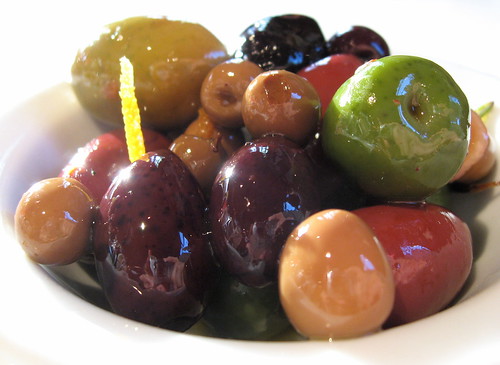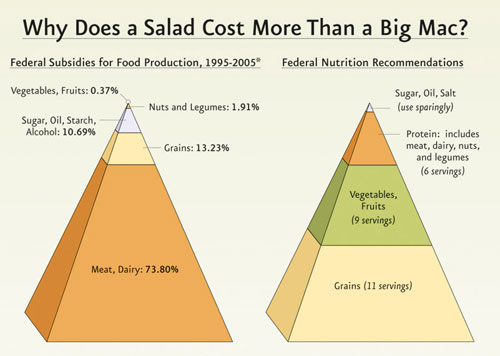
This: Featured Recipe: Spare Ribs With Olives, Lemon and Rosemary - Bitten Blog - NYTimes.com, is delicious. It seems quintessentially Mediterranean to me, with lemons, olives, and garlic. It's simple to make, but the result is sophisticated. It's the kind of recipe that you make over and over again.
I agree with Mark Bittman: you want to use good olives, as well as good olive oil. When I made it, I used a combination of the black oil-cured olives and the big and fat calamata olives. Use your favourite, as long as they are fresh and tasty. I used dried rosemary -- rosemary dries well -- and I went with a teaspoon of chili flakes (use more if you like more heat). I also used water instead of wine: the flavour from the lemon is quite strong and most wines may be overpowered. That said, a wine that would compliment the lemon could provide a very rich sauce. I used a richer, golden chardonnay to counterbalance the acid from the lemon. A good reisling or a Soave or even a fuller rose might work. For that matter, a really good cold glass of water would be perfect.
Another thing I did was substitute some of the ribs with smaller pieces of chicken. I am glad I did this. The combination of chicken and ribs on my plate made the dish even better. I had chicken legs, but I think the next time I would go with chicken thighs (because they are smaller and richer in flavour). The chicken is thoroughly infused with the flavour of the sauce: the left over chicken would make a superb sandwich or a great addition to a salad with a lemon or creamy dressing. Plus I think the chicken adds to the wonderful sauce that results. If you wanted a real stew, you could poach some fish or shellfish towards the end of cooking and end up with a paella-like dish. But part of the charm of this dish is its simplicity, so less may be more.
I also took some of the liquid, added some water, and used it as the base for some couscous that I had along side the meat. I would recommend you make the couscous on the dry side: there was lots of sauce at the end of cooking the ribs and chicken, and a drier couscous could soak that up. That said, I think a nice bowl of rice or even bread would be a great way to use up all that lemony good sauce.
Needless to say, I recommend you make this. Another great thing about this recipe is that come spring or fall, or anytime in between, this will be a good dish to prepare and enjoy.
(Great shot of olives from jurvetson's photostream on flickr.com).




